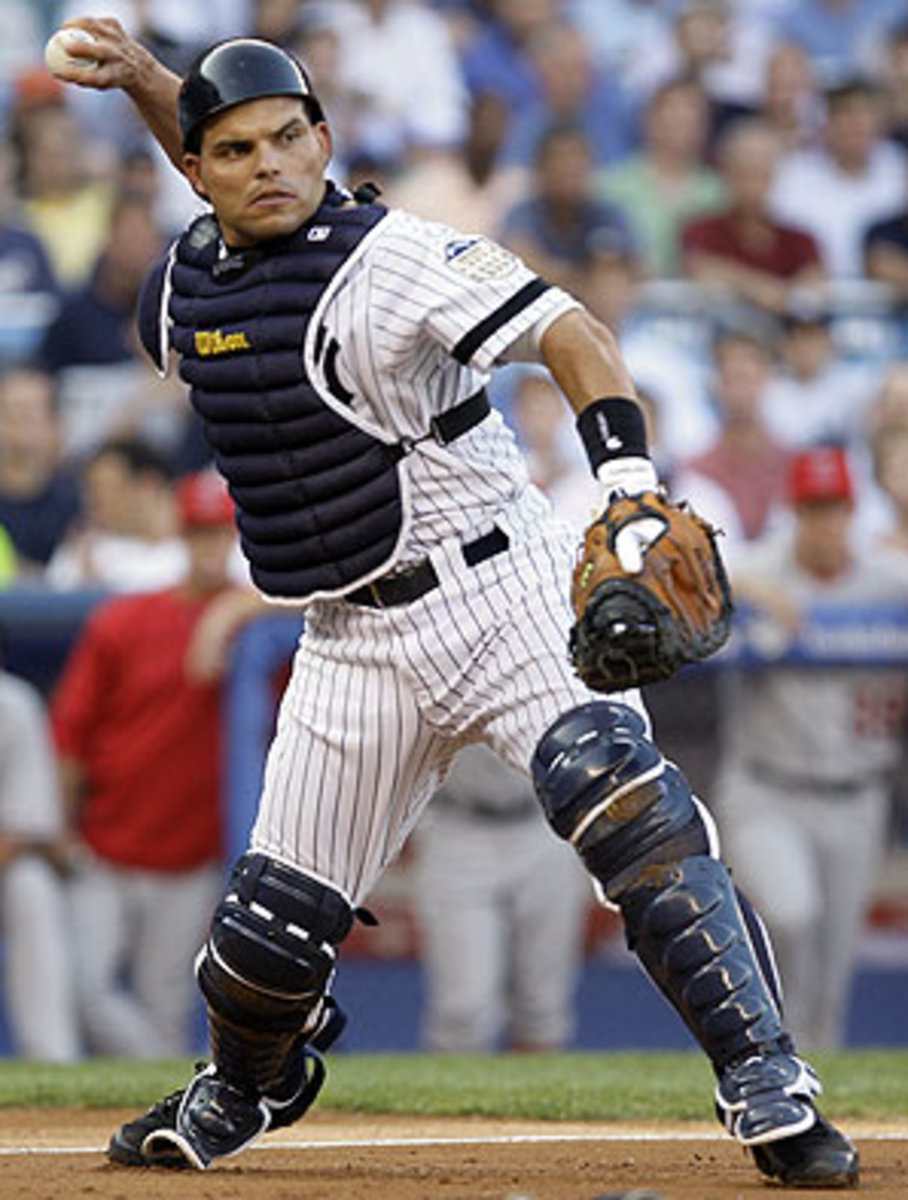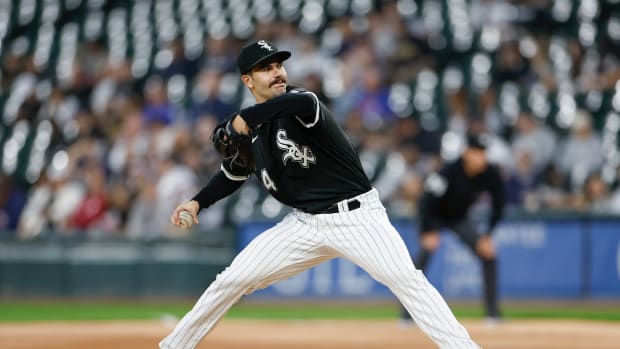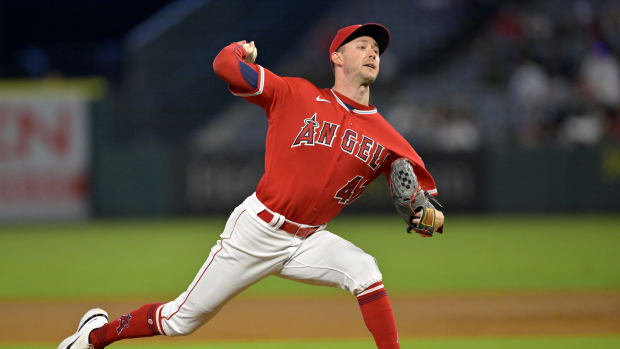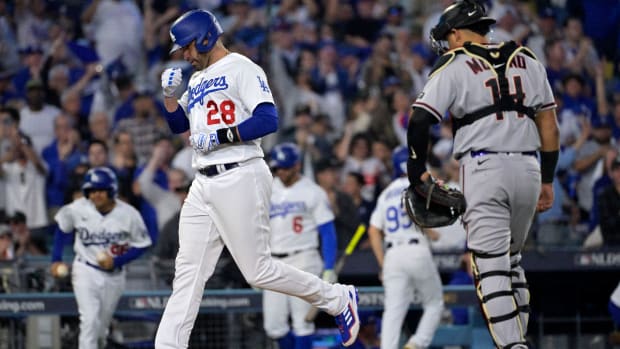Scouting Report: Ivan Rodriguez
Latest in a series of scouting reports provided to SI.com by the network of former scouts, players, coaches and executives at the Baseline Group. See below for past reports.
Team: New York Yankees
Position: Catcher
DOB: 11/30/1971
Height/Weight: 70"/195 pounds
Body Type: average size; athletic; well-proportioned
Current: Elite
Categorization Scale:
Elite: Top player at his position (Johnny Bench)
Premium: Top five at his position (Joe Mauer)
Good: Top 10 at his position; occasional All-Star (Jason Varitek)
Average: Everyday position player (Bengie Molina)
Key role: Part-time or platoon player (Rod Barajas)
Pudge has been one of the game's best catchers for a long time, combining a durable Gold Glove-caliber defense with above average offense. In his eight-year offensive peak, from 1997-2004, Pudge posted batting averages between .297 and .347, on-base percentages between .347 and .375 and slugging percentages between .474 and .667. The future Hall of Famer will likely end his career as the all-time leader in games caught. With 2,142 games behind the plate, he currently trails just Carlton Fisk (2,226) and Bob Boone (2,225).
Though he continues to hit for a good average (.295 this year versus .302 for his career), Pudge's power, which topped out at 35 home runs in 1999 and a .667 slugging percentage in 2000, is almost gone. His home run numbers and slugging percentage for the past five years:
Prior to his trade to the Yankees, Pudge was seeing an uptick in his batting average and overall offensive production. After batting .255 and .257 in April and May, he hit .333 and .359 in June and July. He's been putting more balls in play instead of fouling them off. He continues to be able to use the entire field to hit in and is a very good high ball hitter.
Defensively, Pudge remains one of the best, with the quickest release of any catcher. However, he can get into the habit of calling too many fastballs. He doesn't like players stealing bases off of him, and he calls more fastballs to get that extra advantage in making the throw to second or third. His arm strength has decreased somewhat. At age 36, Pudge's defensives reactions are a bit slower now, as well.
Pudge should be inspired with his move to the Yankees. Expect him to play very well offensively -- if he's put in the right spot in the line-up. Although he does a great job of handling the bat, he isn't one of the better situational hitters. He's a free swinger and needs to be batting in a spot that compliments his style. Ideally he should be two slots away from Robinson Cano, considering their styles are similar.
One of the reasons the Tigers traded Pudge was his game-calling skills: he's increasingly calling too many fastballs. The younger pitchers on the Yankees staff might be also be hurt by Pudge's presence behind the plate, as he's less forgiving and understanding.
• He is one of the quickest catchers in the game -- still. His transition is as good as anyone's.
• He loves to throw behind runners, especially at first base.
• He is a clutch hitter and likes to be up with the game on the line.
• Good contact type guy and can use the entire field.
• Can get anxious at the plate and chase out of the zone too much. This has always been a bad habit for him. Pitchers can fish for swings up or down more easily than inside or outside.
• Gets in patterns of calling too many fastballs (to the wrong hitters).
Pudge likes to face a guy who has a limited number of pitches. Even if the pitcher has two plus pitches, Pudge can make adjustments accordingly
A right-handed pitcher who is capable of commanding the inner half of the plate with his tailing fastball and using off-speed stuff down and out of the zone. When a pitcher consistently pounds the inner half, Pudge's plan changes. His adjustment is to pull the ball, which creates less time for him to react to the pitch.
• Pudge tends to be first-ball swinging when he's facing a pitcher he's had previous success off of.
• It doesn't matter what the pitch is; what's most important to Pudge is picking up the pitcher's release point.
He will look to hit the ball to right field when he is really struggling. When he's not, he'll use the middle of the field. When he's swinging well, he'll look to pull the ball early in the count. Right now he's pulling the ball by accident. When a hitter's approach is staying in the middle of the diamond, he will pull a pitch by accident when the pitcher throws something off-speed.




































